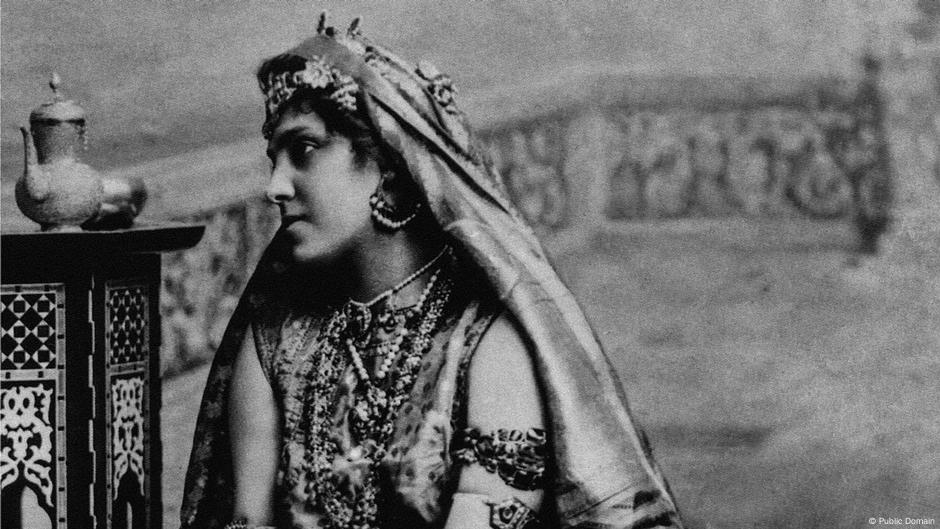Royal Roots, Radical Path
Catherine Hilda Duleep Singh was a Sikh princess born in Britain to a dethroned royal family. She defied social norms and quietly resisted, even before LGBTQ+ rights were recognized. Catherine was the daughter of the last Maharaja of the Sikh Empire and was born in Suffolk, England in 1871. Her father, Maharaja Duleep Singh, had to give up the Sikh Empire and the famous Koh-i-Noor diamonds to the British after the British annexation of Punjab. In return, he received a pension from the British crown on the condition that he "remains obedient to the British government".
A Life of Defiance
Catherine’s life was marked by defiance and a desire to challenge social norms. She attended Somerville College in Oxford, where she supported the Suffragette movement and fought for women’s voting rights along with her two sisters. However, it was her private life, especially her years in Germany, that marked her unconventionality. After losing her parents during her teenage years, Catherine developed a close connection with her German governess, Lina Schäfer. The two women left England and moved to the Central German city of Kassel, where they lived together for over three decades.
A Love That Defied Social Norms
Catherine and Lina’s relationship defied social norms of the time and remained steadfast until Lina’s death in 1937. The couple made the Bayreuth Festival every year and felt comfortable in Kassel, but their happiness was short-lived. With the rise of Hitler, Germany became a police state, and it became dangerous for Catherine to be brown-skinned and gay in Germany. Despite the risks, Catherine refused to leave, even when her accountant warned her that she was being targeted by the local Nazis.
Making Humanity Her Business
As the Nazi regime tightened its grip, Catherine used her resources and influence to help several Jewish people and families escape persecution in Germany and start anew in Great Britain. She wrote letters of recommendation, provided financial support, and personally guaranteed immigration documents that were crucial for their survival. One of the most documented examples is the story of the Hornstein family, whom Catherine helped escape from Germany in 1938. Wilhelm Hornstein, a Jewish lawyer and decorated soldier, was arrested and locked up in a concentration camp but was later released on the condition that he leave Germany. Catherine arranged a safe passage to England for him, his wife Ilse, and their two children.
A Legacy of Courage
Catherine’s bravery and selflessness have inspired many, and her story is now being recognized as an important part of history. She is being hailed as an LGBTQ+ icon and a symbol of resistance against oppression. Her actions during World War II were a testament to her humanity, and her legacy continues to inspire people today. As her biographer, Peter Bance, notes, "Rescue of a life or rescue of 10 lives, it is still rescue. They save someone who does not have their color, not their religion, not their ethnic background, but they do it based on humanity."
Rest in Power
Catherine died in 1942 at the age of 71, and her ashes were buried in Lina Schäfer’s grave in Kassel. Her bond with Lina, though subtle in its time, vibrates today, and her bravery is being celebrated posthumously. Catherine’s story is a reminder that even in the darkest of times, there were individuals who stood up for what was right and fought for humanity. Her legacy continues to inspire, and her story is a testament to the power of courage and defiance in the face of adversity.

